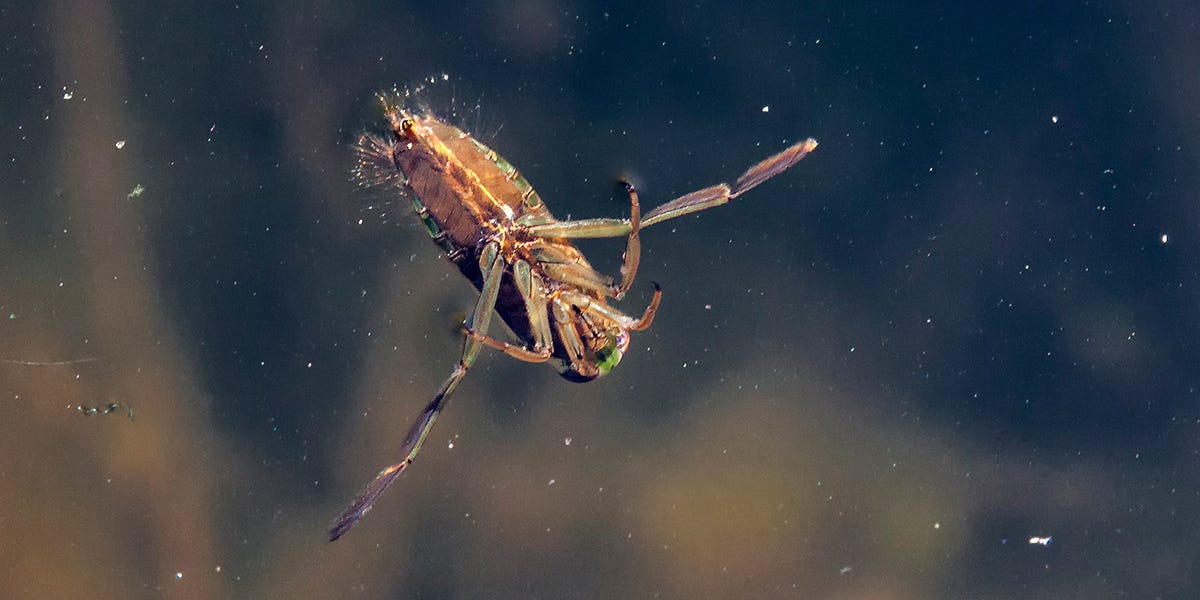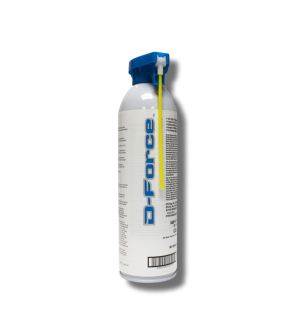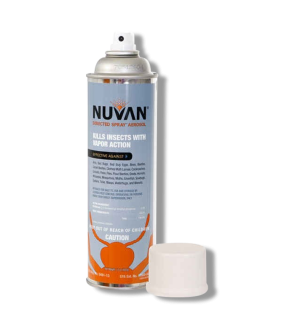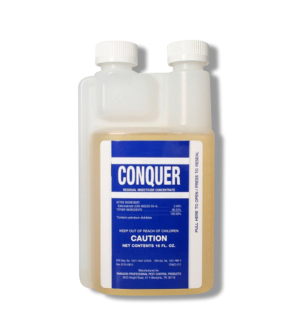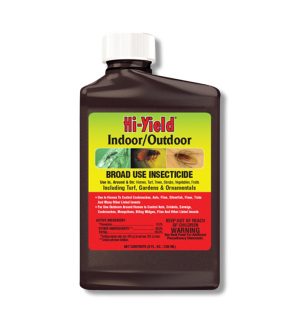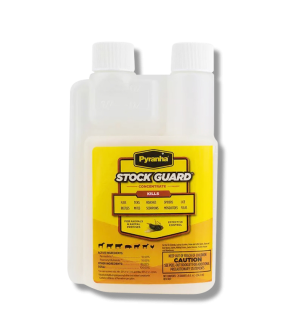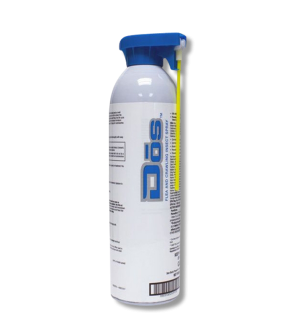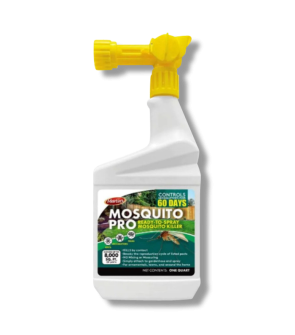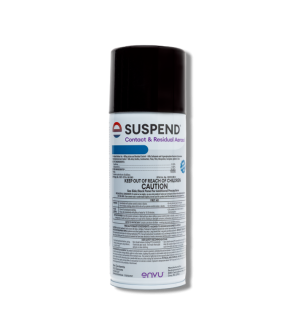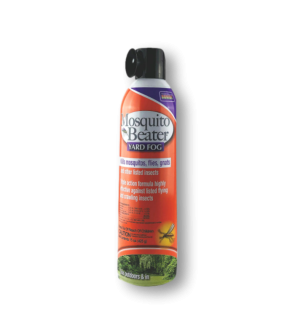Gain access to personalized product screening, the best pricing, rewards, and more!
Most Effective Products
Waterbug Control: How to Get Rid of Waterbugs In Your Pool
This page is an expert guide on getting rid of waterbugs from your pool using the products and methods suggested by our experienced pest control specialists. Follow this guide and use the recommended products. We guarantee you will be successful in eliminating water bugs.
A swimming pool is a fun luxury, but it comes with a high maintenance cost. Aside from regularly cleaning the pool so it doesn't develop algae and accumulate filth, some of the biggest problems that homeowners frequently encounter when having a swimming pool are Waterbugs.
While the American Cockroach is nicknamed the "waterbug," the ones we will talk about in this guide are waterbugs that frequently infest pools, such as the water boatmen and the backswimmer.
Under the right conditions, these water-loving pests can create a sizable invasion that will make you not want to swim for a while.
If you have been encountering waterbugs in your pool, this guide can help. Read on to learn more about waterbugs and how you can treat this class of pests and prevent them from taking over your pool.
Identification

There are two main types of waterbugs that you can get in your pool: Water boatmen and backswimmers. They look alike because they are both from the Hemiptera classification of insects.
- Water boatmen are oval-shaped bugs half an inch long. They are usually brown or brownish with a tinge of green.
- They have four legs, their back legs much longer than their front legs. The back legs have fringed hairs, making it easy to float and paddle around on the water surface.
- Water boatmen also have wings, which they use to fly around. They don't bite and like to eat mosquitoes and algae.
- Backswimmers have a similar body type to water boatmen but are lighter in color, have longer legs, and swim upside down on their backs.
- Unlike water boatmen, the backswimmer will bite if you get too close. The pain level is on par with a mosquito bite or bee sting.
- Backswimmers often are a by-product of having water boatmen because they are predators of water boatman bugs.
Use the images and description above to help you properly identify the specific waterbug problem you are dealing with. If you are unsure, contact us, and we will help you identify the problem.
Inspection

The inspection process should be easy as waterbugs will almost exclusively be present because of the attraction to your pool. In this phase, you should observe where they are concentrated and how severe of a problem you have.
Where To Inspect
Walk around and closely examine your pool. Even if it isn't visibly green yet, algae is likely present, as waterbugs like the water boatman wouldn't be around if there were no algae. Algae is their main source of food, and they like to lay eggs on it.
What To Look For
You're looking for waterbugs themselves. They should be easy to find as they will float on the pool's surface.
Treatment
Getting rid of waterbugs is quite a simple process because you must mainly eliminate the algae accumulating in your pool. When algae is not around, waterbugs will fly away. Use an algaecide meant for pools, then keep up with regular pool cleaning. To keep waterbugs from seeking your pool, apply Supreme IT Insecticide around your yard, being careful not to apply the product directly to the pool.
Remember to read all the product labels, follow the application instructions on them, and stay safe by wearing personal protective equipment (PPE).
Step 1: Skim and Vacuum Visible Bugs Out Of Your Pool
Using a pool skimmer, remove visible bugs from the pool. Be careful when doing this, though, as both water boatmen and backswimmers may start to fly out to escape as soon as they have been scooped out of the pool.
After removing the waterbugs, manually use a vacuum to remove sediment and debris from the pool and possibly any eggs the waterbugs have laid.
Step 2: Use an Algaecide
As you would weekly to clean the pool, apply calcium hypochlorite to kill any algae left in the pool that would attract waterbugs. Use the manufacturer label of the pool chemical for specifics on how much you will need to apply to your pool. You may need to up the dosage more than normal if you see many waterbugs or if your water has turned visibly green.
24 hours after shocking your pool with chlorine, use a pool test kit to ensure it has the proper balance of chlorine and alkaline to make it safe for swimming.
Step 3: Spray Supreme IT
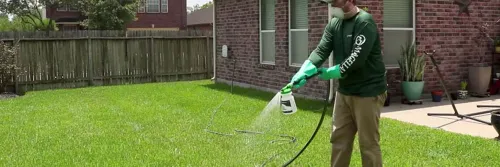
Supreme IT is a broad-spectrum insecticide labeled for treating over 70 different pests, including Waterbugs. It also has a long residual effect that continues to kill for up to 90 days after application. After applying this pesticide in your yard, waterbugs that may be hovering around your pool will no longer be there.
To apply Supreme IT, mix with water in a hand pump or hose-end sprayer.
Apply Supreme IT at a rate of 1 oz. per gallon of water to cover 1,000 sq. ft.
Measure the square footage of your lawn to determine how much Supreme IT you need to cover the entire area. Shake well and pump your sprayer.
Focus your Supreme IT treatment on the landscaping and rocks, keeping applications at least 5 feet away from the pool perimeter. This ensures that the chemical doesn't get into the filters, drains, or skimmers. Use a fan spray setting to get nice, uniform coverage.
Prevention

After the waterbugs have been removed from your yard, you must ensure the pest stays away and doesn’t return. Here are some preventative measures you can apply to protect your pool:
- Maintain the proper chemistry levels for your pool so algae doesn't develop. Use chlorination at least twice weekly, especially if the pool is used more frequently. A shock treatment includes adding larger volumes of chlorine to the pool and stirring it to dissolve completely. This potentially is more effective than just adding small amounts and letting it dissolve naturally. The best time to add chlorine to the pool is in the evening, leaving it to dissolve overnight.
- Skim your pool every day. Use your skimmer to remove dead bugs and algae spores that may have entered your pool so they don't bloom.
- Cover your pool when it is not in use. This will keep everything out and not allow algae or the bugs that love them to sneak into your pool.
- Turn off poolside lighting. Most waterbugs and bugs, in general, are attracted to lighting. Lights should not be directed at the pool directly to avoid attracting more bugs. Also, you can get ultraviolet bug zappers to attract and kill bugs without making a big mess.
- Mow your yard short. Trim the leaves and grass around the pool to a minimum. Vegetation around the pool provides potential breeding spots for bugs to lay their eggs.
Key Takeaways
What are Waterbugs?
- Waterbugs (water boatmen and backswimmers) are pesky nuisances that invade pools when algae are present.
How To Get Rid of Waterbugs In Your Pool
- By using an approved algaecide in your pool and applying Supreme IT strategically around your yard, you can eliminate Waterbugs and prevent their return.
Preventing Waterbug Reinfestation
- Prevent future waterbug infestations by keeping a regular pool cleaning schedule, mowing your yard short, covering your pool when it's not in use, and reducing poolside lighting.






